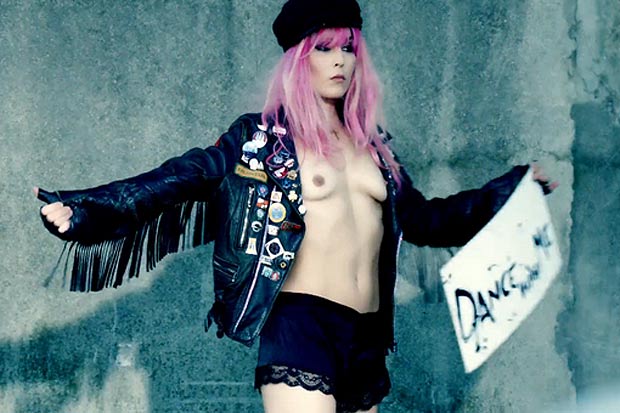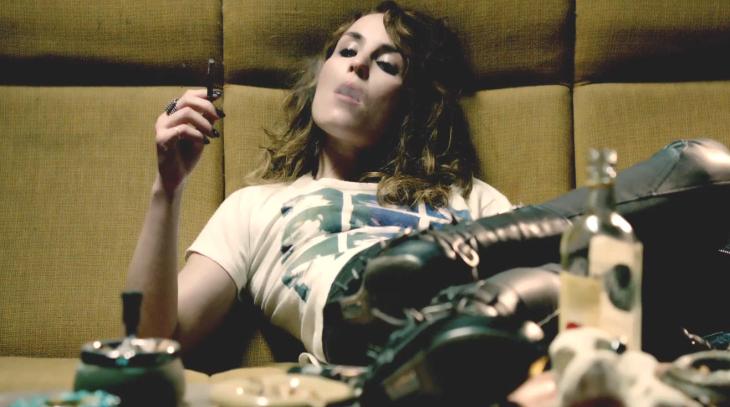The Man Who Sold the World is the third studio album by David Bowie, originally released on Mercury Records in November 1970 in the US, and in April 1971 in the UK. The album was Bowie’s first with the nucleus of what would become the Spiders from Mars, the backing band made famous by The Rise and Fall of Ziggy Stardust and the Spiders from Mars in 1972. Though author David Buckley has described Bowie’s previous record David Bowie (Space Oddity) as “the first Bowie album proper”, NME critics Roy Carr and Charles Shaar Murray have said of The Man Who Sold the World, “this is where the story really starts”. Departing from the folk music of Bowie’s debut album, The Man Who Sold the World is a hard rock and heavy metal album. It has been claimed that this album’s release marks the birth of glam rock.
The album was written and rehearsed at David Bowie’s home in Haddon Hall, Beckenham, an Edwardian mansion converted to a block of flats that was described by one visitor as having an ambience “like Dracula‘s living room”. As Bowie was preoccupied with his new wife Angie at the time, the music was largely arranged by guitarist Mick Ronson and bassist/producer Tony Visconti. Although Bowie is officially credited as the composer of all music on the album, biographers such as Peter Doggett have marshaled evidence to the contrary, quoting Visconti saying “the songs were written by all four of us. We’d jam in a basement, and Bowie would just say whether he liked them or not.”
Much of the album had a distinct heavy metal edge that distinguishes it from Bowie’s other releases, and has been compared to contemporary acts such as Led Zeppelin and Black Sabbath. The record also provided some unusual musical detours, such as the title track’s use of Latin rhythms to hold the melody. The sonic heaviness of the album was matched by the subject matter, which included insanity (All the Madmen), gun-toting assassins and Vietnam War commentary (Running Gun Blues), an omniscient computer (Saviour Machine), and Lovecraftian Elder Gods (The Supermen). The song She Shook Me Cold was an explanation of a heterosexual encounter. The album has also been seen as reflecting the influence of such figures as Aleister Crowley, Franz Kafka and Friedrich Nietzsche.
 The original 1970 US release of The Man Who Sold the World employed a cartoon-like cover drawing by Bowie’s friend Michael J. Weller, featuring a cowboy in front of the Cane Hill mental asylum
The original 1970 US release of The Man Who Sold the World employed a cartoon-like cover drawing by Bowie’s friend Michael J. Weller, featuring a cowboy in front of the Cane Hill mental asylum
The first UK cover, on which Bowie is seen reclining in a Mr Fish “man’s dress”, was an early indication of his interest in exploiting his androgynous appearance. The dress was designed by British fashion designer Michael Fish, and Bowie also used it in February 1971 on his first promotional tour to the United States, where he wore it during interviews despite the fact that the Americans had no knowledge of the as yet unreleased UK cover. It has been said that his “bleached blond locks, falling below shoulder level”, were inspired by a Pre-Raphaelite painting by Dante Gabriel Rossetti.



























